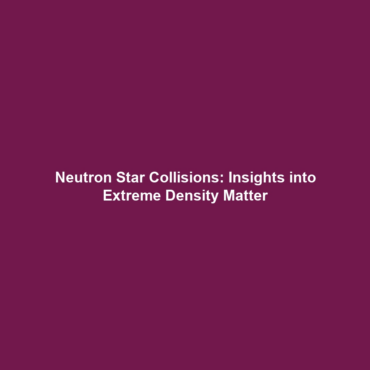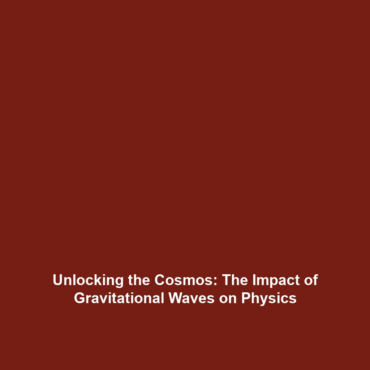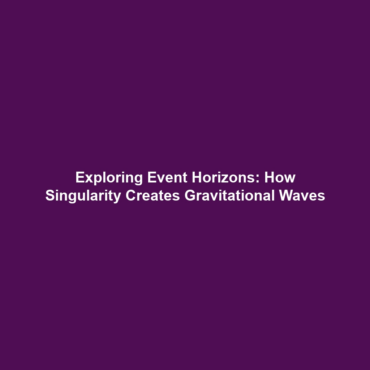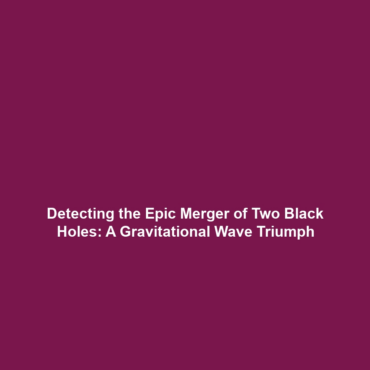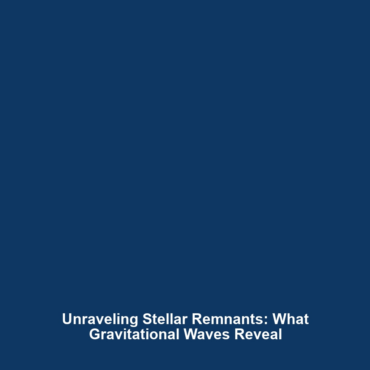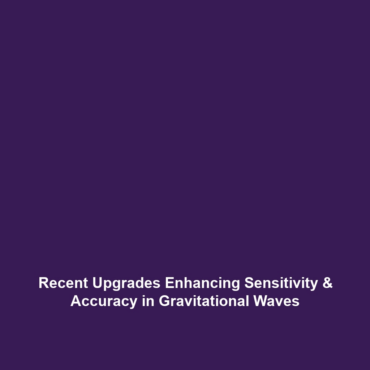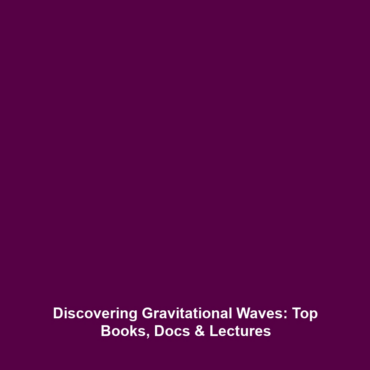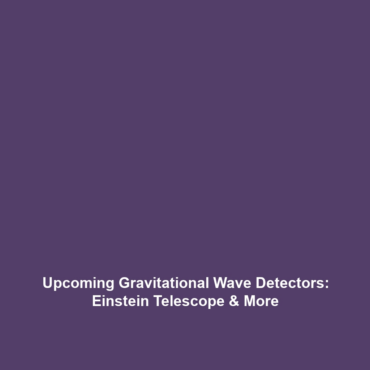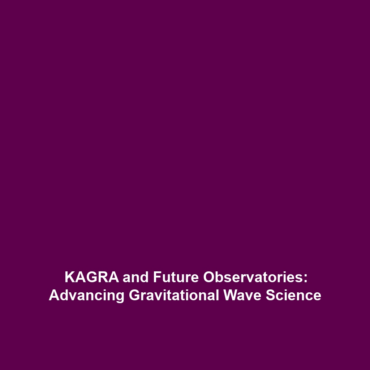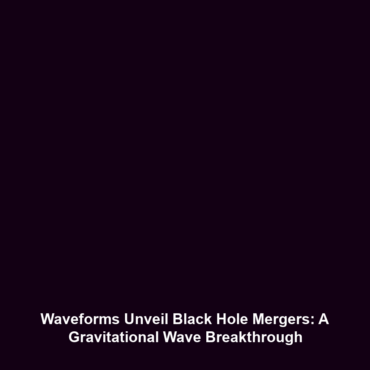What Neutron Star Collisions Reveal About the State of Matter at Extreme Densities
Introduction
Neutron star collisions are cosmic events that provide pivotal insights into the state of matter under extreme conditions. As these dense stellar remnants collide, they generate powerful gravitational waves that can be detected by observatories on Earth, such as LIGO and Virgo. Understanding the outcomes of these collisions not only enhances our knowledge of gravitational waves but also helps physicists unravel the mysteries surrounding ultra-dense matter. The study of neutron star collisions is crucial for advancing astrophysics and understanding fundamental physics at the highest density scales.
Key Concepts
The investigation of neutron star collisions encompasses several critical concepts:
- Neutron Stars: These are remnants of massive stars, created from supernova explosions. They are incredibly dense, with a mass greater than that of the Sun compressed into a sphere about 20 kilometers in diameter.
- Gravitational Waves: Disturbances in spacetime generated by accelerating masses, such as colliding neutron stars, that can be observed on Earth.
- Equation of State: The relationship between pressure, temperature, and density in these extreme environments is vital for predicting the outcomes of neutron star mergers.
- Astrophysical Observations: The study of electromagnetic signals accompanying gravitational waves helps in understanding the physical processes involved in neutron star collisions.
Applications and Real-World Uses
The implications of neutron star collisions and the resulting gravitational waves extend beyond theoretical physics. Here are several key applications:
- Testing General Relativity: Observations from neutron star collisions provide real-world tests for Einstein’s theories, especially in extreme gravitation scenarios.
- Element Formation: Collisions are significant sites for the formation of heavy elements like gold and platinum, enriching our understanding of nucleosynthesis.
- Improving Detection Technologies: The technology developed for detecting gravitational waves continues to facilitate advancements in various scientific fields and has applications in medical imaging and industrial monitoring.
Current Challenges
Studying neutron star collisions presents several challenges:
- Detection Sensitivity: Current gravitational wave detectors have limits on sensitivity, requiring more advanced technologies for observing more distant events.
- Data Interpretation: The vastness of the data collected makes it difficult to interpret and extract meaningful information efficiently.
- Theoretical Models: Developing accurate models for the behavior of matter under such extreme conditions is still an ongoing challenge in astrophysics.
Future Research and Innovations
Looking ahead, several exciting areas of research and innovation are on the horizon:
- Next-Gen Gravitational Wave Detectors: New detector technologies, such as space-based observatories like LISA, promise to expand our reach in observing distant events.
- Advanced Simulations: Improvements in computational models will enhance predictions regarding neutron star collisions and their aftermaths.
- Multimessenger Astronomy: The integration of gravitational wave data with electromagnetic and neutrino observations will provide a comprehensive understanding of cosmic events.
Conclusion
In summary, neutron star collisions are a key focus of modern astrophysical research, revealing critical insights into the state of matter at extreme densities and contributing to our understanding of gravitational waves. As this field progresses, numerous applications and innovative research avenues will likely emerge, shaping the future of astrophysics. For further reading, explore our articles on the significance of gravitational waves and current advancements in astrophysics.
